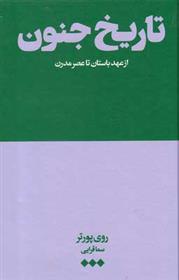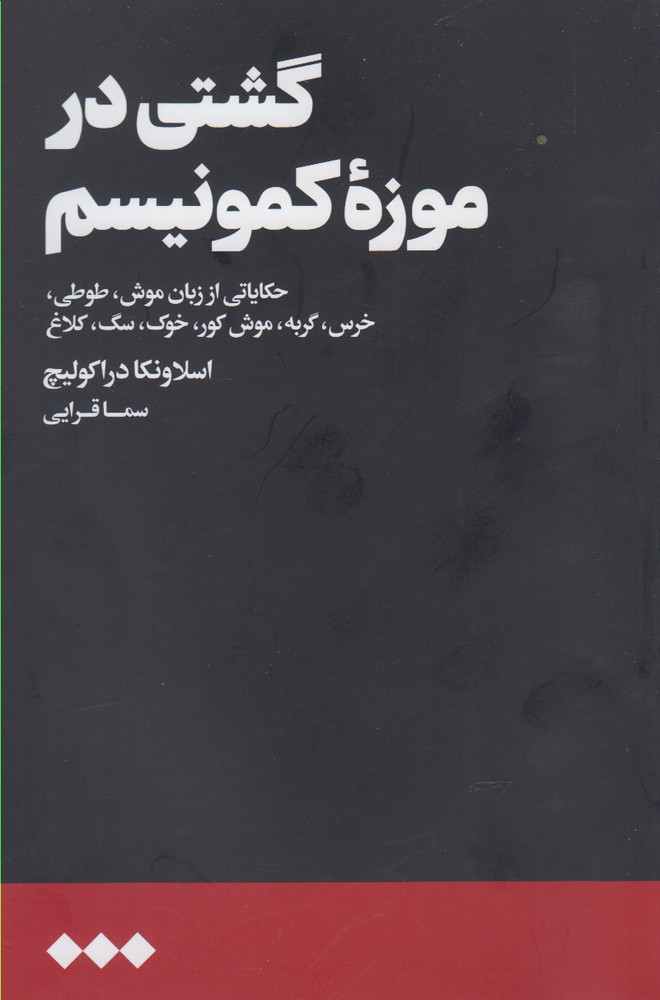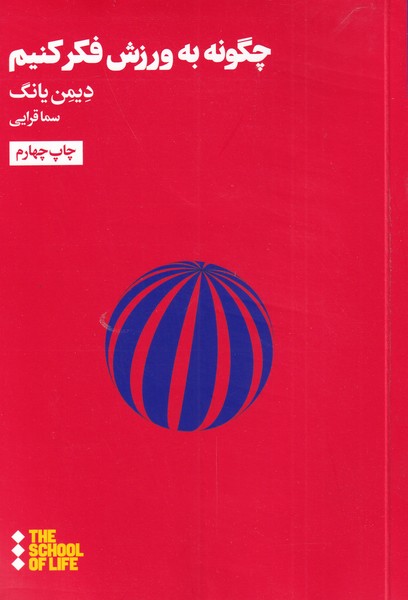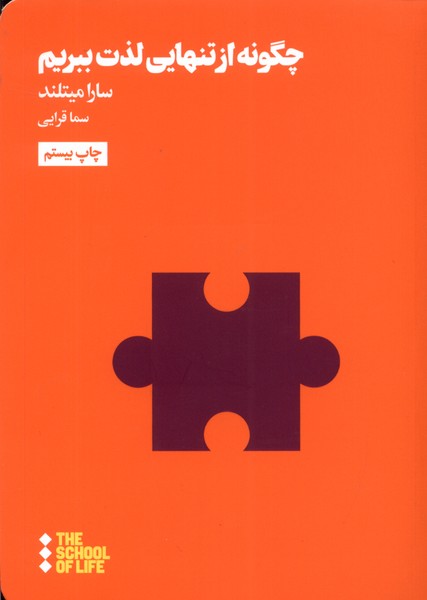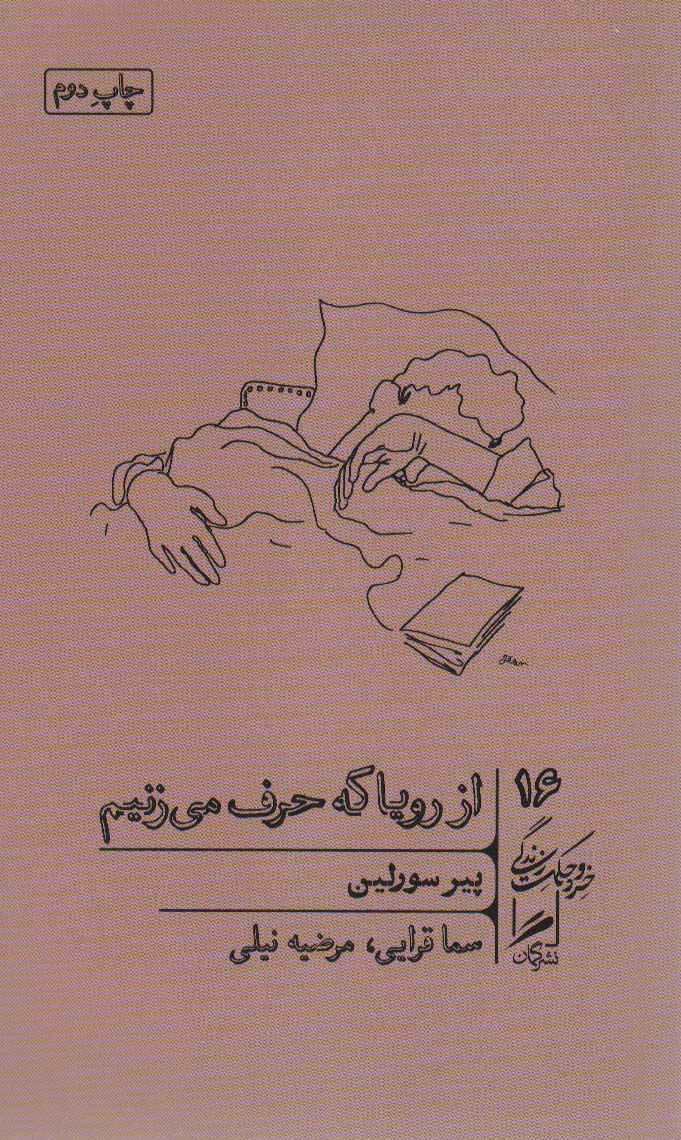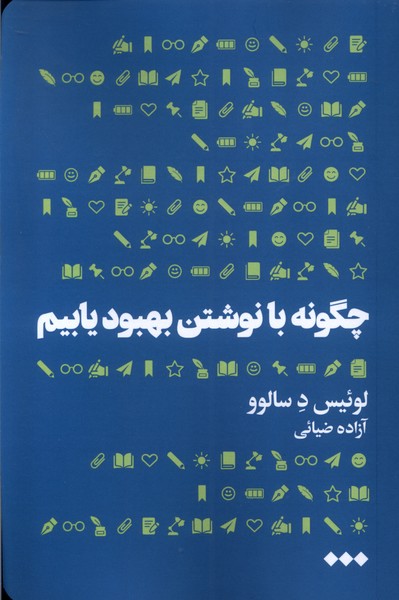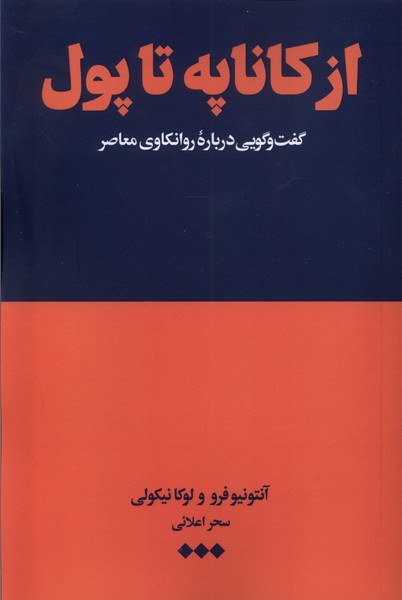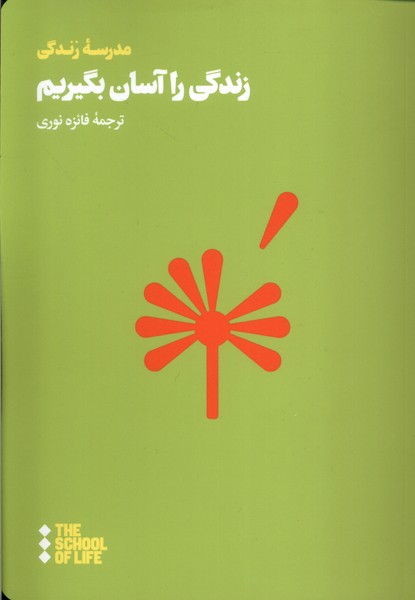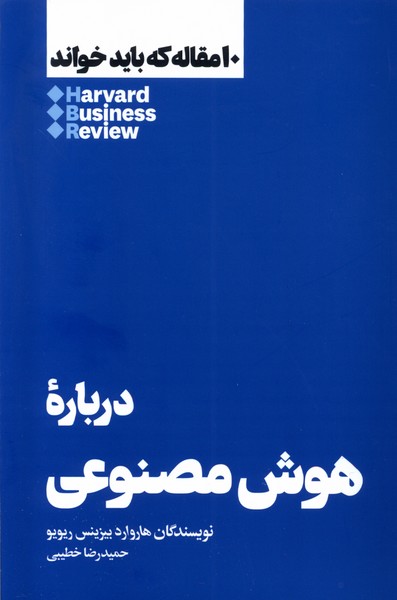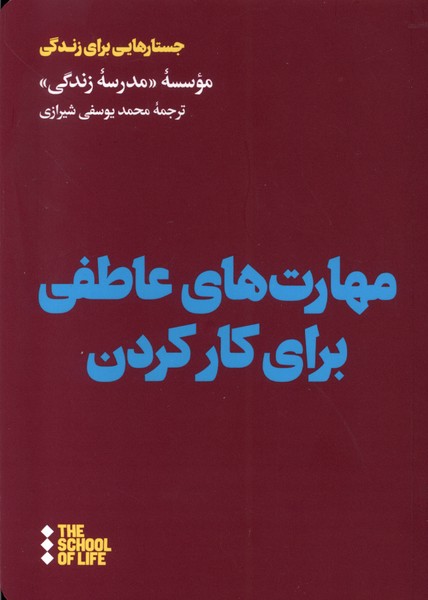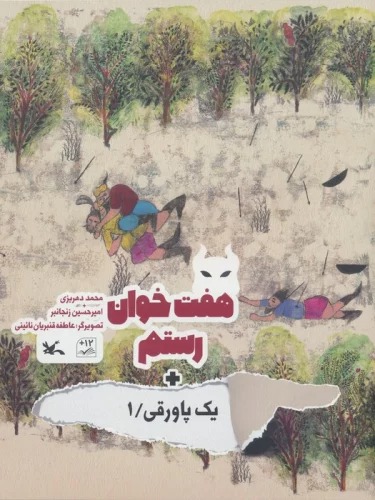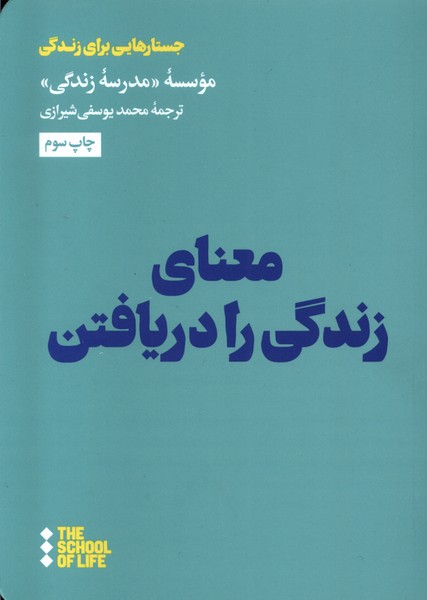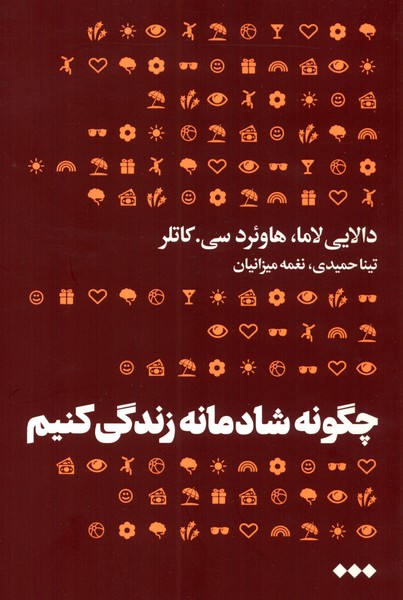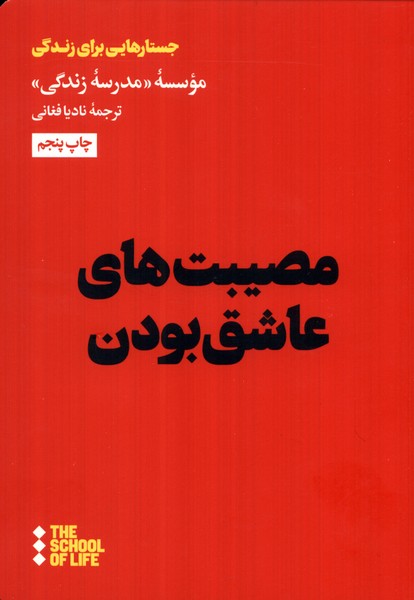Tārīkh-i junūn: Persian 2022
تاریخ جنون
24.33 $
Share
Wishlist
Original Title:
Madness: A Brief History
ISBN:
9786006047461
Translator:
Samā Qarāyī
Publisher:
hanūz
Age Group:
Adult
Pages:
232
Weight:
362 g
Dimensions:
14 x 21 x 3 cm
Book Cover:
Hard Cover
Roy Porter's historical overview of madness reveals the radically different perceptions of madness and approaches to its treatment, from antiquity to the beginning of the 21st century. Roy Porter's historical overview of madness reveals the radically different perceptions of madness and approaches to its treatment, from antiquity to the beginning of the 21st century.
Looking back on his confinement to Bethlem, Restoration playwright Nathaniel Lee declared: "They called me mad, and I called them mad, and damn them, they outvoted me." As Roy Porter shows in Madness: A Brief History, thinking about who qualifies as insane, what causes mental illness, and how such illness should be treated has varied wildly throughout recorded history, sometimes veering dangerously close to the arbitrariness Lee describes and often encompassing cures considerably worse than the illness itself.
Drawing upon eyewitness accounts of doctors, writers, artists, and the mad themselves, Roy Porter tells the story of our changing notions of insanity and of the treatments for mental illness that have been employed from antiquity to the present day. Beginning with 5,000-year-old skulls with tiny holes bored in them (to allow demons to escape), through conceptions of madness as an acute phase in the trial of souls, as an imbalance of "the humor," as the "divine fury" of creative genius, or as the malfunctioning of brain chemistry, Porter shows the many ways madness has been perceived and misperceived in every historical period. He takes us on a fascinating round of treatments, ranging from exorcism and therapeutic terror--including immersion in a tub of eels--to the first asylums, shock therapy, the birth of psychoanalysis, and the current use of psychotropic drugs.
Throughout, Madness: A Brief History offers a balanced view, showing both the humane attempts to help the insane as well as the ridiculous and often cruel misunderstandings that have bedeviled our efforts to heal the mind of its myriad afflictions.
more
ناتانائیل لی، نمایش نامه نویس انگلیسی که زمانی در بتلم، قدیمی ترین مرکز روانپزشکی جهان بستری شده بود، اظهار داشت: "آنان مرا دیوانه خواندند و من آن ها را. و لعنت بهشان که تعداد آنان زیادتر بود." چنانکه "روی پورتر" در "تاریخ جنون"، "از عهد باستان تا عصر مدرن" نشان می دهد، این امر که چه کسی مجنون نامیده می شود، چه چیز سبب بیماری روانی می شود و اینکه این بیماری ها چطور درمان می شوند، در طول تاریخ از پیشینه ی متفاوتی برخوردار بوده است. همانطور که لی وصف کرد، گاهی می تواند به طرز خطرناکی خودسرانه باشد و اغلب درمان هایی که به کار گرفته می شد از خود بیماری وحشتناک تر بوده است.
"روی پورتر" بر اساس گفته های شاهدان عینی نظیر پزشکان، نویسندگان، هنرمندان و حتی خود افراد دیوانه، داستانی از دگرگونی دیدگاه بشر نسبت به جنون و درمان های به کار گرفته شده برای بیماری های روانی تعریف می کند که "تاریخ جنون" را "از عهد باستان تا عصر مدرن" در بر می گیرد. "روی پورتر" در "تاریخ جنون" مواردی که در آن دیوانگی درک یا از آن سوء برداشت شد را آشکار می کند؛ برای مثال جمجمه های پنج هزارساله ای پیدا شد که در آن ها سوراخ های ریزی به منظور خروج ارواح شیطانی کنده شده بود. عده ای دیوانگی را یک مرحله ی وخیم در مجازات روح می دانستند؛ عده ای آن را عدم تعادل شوخ طبعانه قلمداد می کردند؛ گروهی آن را خشم الهی و عده ای آن را نتیجه به هم خوردن شیمی مغز می دانستند.
"روی پورتر" در "تاریخ جنون" ما را به سفری می برد که از درمان های عجیب و غریبی نظیر جن گیری و وحشت درمانی که شامل غوطه ور سازی در حمام مارماهی بود گرفته تا نخستین تیمارستان ها، شوک درمانی و پدیدار شدن روانکاوی و استفاده از داروهای روانگردان را شامل می شود. "تاریخ جنون" دیدگاه متعادلی از تلاش های بشردوستانه برای کمک به جنون زدگان و همچنین تلاش های مسخره و گاه ظالمانه برای شفای ذهن از درگیری اش به دست می دهد.
more

